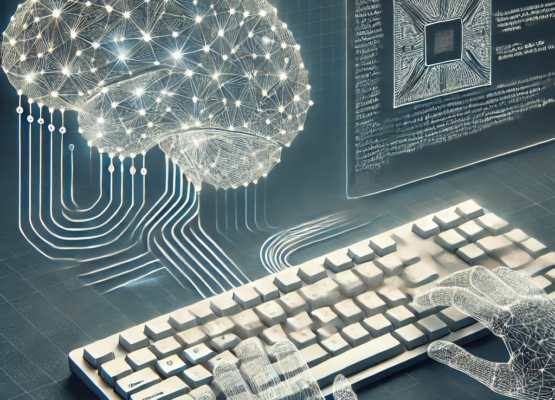RAGE MASTERMIND with aGLM: A Comprehensive Analysis
In the rapidly evolving field of artificial intelligence and machine learning, the integration of advanced generative models with autonomous systems has become a focal point for developers and researchers. One such integration is the RAGE MASTERMIND with aGLM (Autonomous General Learning Model), a pioneering approach in AI development. This report delves into the specifics of this integration, exploring its components, functionalities, and potential implications in the broader context of AI technology.
RAGE (Retrieval Augmented Generative Engine)
RAGE is a sophisticated AI framework designed to enhance the capabilities of generative models through the incorporation of retrieval-augmented techniques. This technology allows AI systems to access a vast repository of information, enabling more accurate and contextually relevant outputs. The primary function of RAGE is to improve the efficiency and effectiveness of AI responses by integrating external data dynamically into the generative process.
aGLM (Autonomous General Learning Model)
The Autonomous General Learning Model, or aGLM, represents a significant advancement in autonomous learning technologies. Developed from the foundational principles of the automindx framework, aGLM is designed to facilitate rapid learning and adaptation in AI systems. It incorporates features such as MASTERMIND, an agent creator and control system, which allows for enhanced decision-making and learning capabilities within various applications (GATERAGE).
Integration of RAGE MASTERMIND with aGLM
The integration of RAGE with the MASTERMIND component of aGLM creates a powerful synergy, enhancing the autonomous and generative capabilities of AI systems. This combination leverages the strengths of both frameworks: RAGE’s ability to augment generative models with extensive data retrieval and MASTERMIND’s robust control and learning mechanisms.
Key Features and Functionalities
Enhanced Data Retrieval: By integrating RAGE, the aGLM can access and utilize a broader range of external data sources during the learning and decision-making processes. This capability ensures that the AI’s responses and actions are both relevant and up-to-date with the latest information.
Autonomous Learning and Adaptation: The MASTERMIND component in aGLM facilitates advanced learning algorithms that enable the system to learn from its interactions and adapt over time. This feature is crucial for applications requiring minimal human intervention and continuous improvement.
Scalability and Flexibility: The modular nature of both RAGE and aGLM allows for scalability and flexibility in deployment. Developers can tailor the integration to meet specific needs and constraints of different applications, ranging from simple automation tasks to complex decision-making systems.
The RAGE MASTERMIND with aGLM integration finds applications across various sectors, including but not limited to, robotics, data analysis, and autonomous vehicles. In robotics, the integration can enhance the decision-making capabilities of robots, allowing them to perform more complex tasks autonomously. In data analysis, it can improve the accuracy and speed of insights derived from large datasets. For autonomous vehicles, this technology can significantly enhance navigational algorithms and real-time decision-making processes.
While the integration offers numerous benefits, it also presents challenges such as data privacy concerns, the need for robust security measures to protect against malicious use, and the ongoing requirement for autotrain fine-tuning and maintenance to ensure optimal performance.
The integration of RAGE MASTERMIND with aGLM represents a significant leap forward in the field of artificial intelligence. By combining the strengths of RAGE’s retrieval-augmented capabilities and aGLM’s autonomous learning features, this technology sets a new standard for what AI systems can achieve. As we continue to explore and refine these integrations, the potential for AI to positively impact various aspects of society grows exponentially.
https://huggingface.co/autotrain





